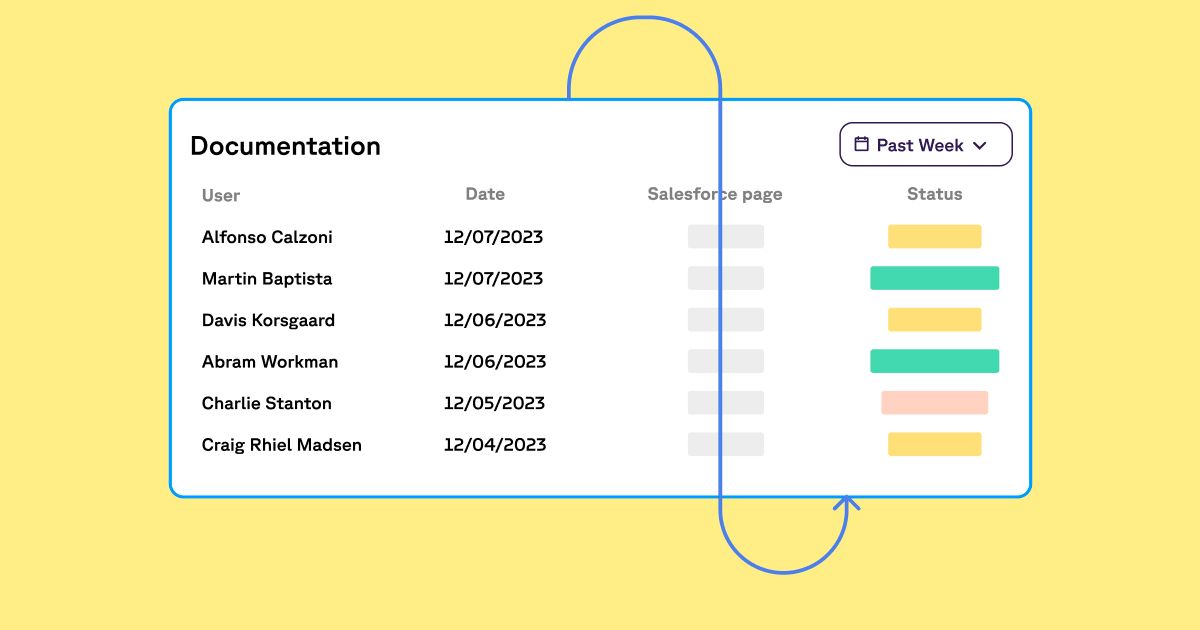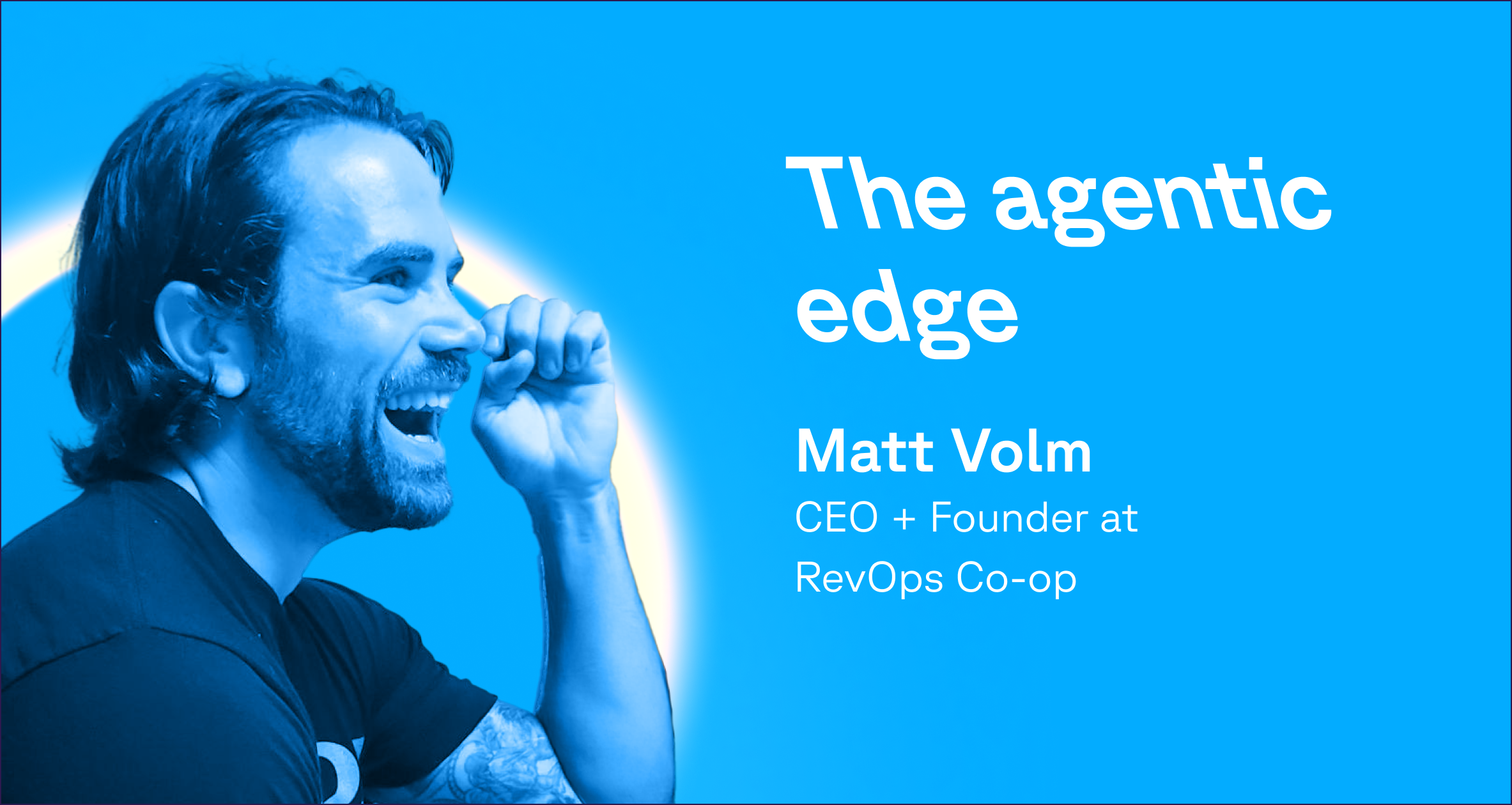
The Salesforce platform has evolved faster than arguably any business application in history. However, despite this rapid rate of innovation, its customers—in some cases its best customers—are struggling to keep up with the number of changes that Salesforce has made over the past two decades.
To make up ground, Salesforce teams need to change the way they engage with the platform. Companies need a new approach so they can take control of their own destiny on Salesforce. But in order to do so, they need their Salesforce teams and partners to help unlock the value of the platform itself. Plus, both individual users and broader teams will want to future-proof themselves against the seismic changes promised by both AI and the Data Cloud. In this article, we’ll explore the ways in which the platform has evolved, the current challenges, and how Salesforce Admins can arm themselves with the necessary skills and tools to stay ahead of the curve.
How has the Salesforce platform evolved?
In the last decade Salesforce has grown wider, deeper, and more specific. Wider because 20 years ago Salesforce.com was a Sales Force Automation tool. Period. Full stop. In 2010 they launched the service cloud console, and really established themselves as a viable contact center solution. In 2011, Salesforce started a series of acquisitions (first Radian6, followed by BuddyMedia, Pardot, and ExactTarget), which eventually coalesced to form Marketing cloud. Since then Salesforce has expanded into integration (Mulesoft), BI (Tableau), Collaboration (Slack and Quip), Customer Data, and now Artificial Intelligence.
In addition to offering a broader set of solutions, the existing capabilities within the platform have become much more fully featured. Page layouts were replaced with Lightning Record Pages. Workflow rules were replaced with flows. Change sets were replaced with Salesforce DX. Add this all up and not only can you do more on the platform than you could do five years ago, you can do those things more ways.
Finally, starting in 2018, Salesforce began to verticalize–to roll out industry specific applications–because they realized it was getting harder for customers to understand what they were buying. As an example, if you worked at a bank, would you rather buy, “Financial Services Cloud,” or Sales Cloud, Service Cloud, Marketing Cloud, a custom data connection, some portion of CRM Analytics, and a managed package to support householding?
The move to industry based solutions allowed Salesforce to provide their customers at least a head start on industry standard processes (e.g. Sales Forecasting in Manufacturing Cloud or Customer Billing in Utilities Cloud). These processes absolutely provide value to customers, but they come at a cost. They are pre-defined, which means if you want to make the most of them you have to (1) understand how they work, (2) understand how that is different from how you work currently, and (3) make a pitch to business stakeholder that they should really do things the way Salesforce does them. Once you’ve done all that, you also need to make sure you continue to make adjustments as Salesforce rolls out new capabilities. All of these things are easier said than done.
How are companies struggling to keep up with Salesforce?
Summing that all up, Salesforce can now support more parts of your business, it can support those different parts in more ways, and it has solutions that are more tailored to your industry. All of that sounds wonderful, but the reality is that it happened so quickly, many Salesforce customers are struggling to keep up, so we will dig into some of the specific problems that manifest as a result of the ecosystem’s incredibly high rate of evolution.
As an example, one common struggle is shelfware, or paying for licenses that your organization is not using. Just as common is a phenomenon I’ll call “staleware,” which is when a user is enabled on the platform, but they are using features and functionality that are not current (e.g. using workflow rules and actions instead of Flows). The third way I see companies feel pain when trying to keep pace with Benioff’s amazing innovation machine is an over reliance on partners. To be clear, getting help is not a bad thing, but not being able to help yourself is one of the surest ways to end up on the wrong side of the adoption curve.
How can Salesforce Admins prepare for future innovations?
The truth of the matter is that Salesforce is a challenging ecosystem right now. Salesforce teams not only have to deliver more to their stakeholders, but they have to do it more efficiently on a platform that’s more complex than ever before. As the Salesforce ecosystem continues to evolve at a rapid pace, Salesforce Admins play a critical role in ensuring that their organizations stay ahead of the curve. Preparing for future innovations within the Salesforce platform requires a proactive approach, continuous learning, and strategic planning.
Here’s how Salesforce Admins can gear up for the future:
1. Stay Informed on Salesforce Releases
Salesforce releases three major updates each year, packed with new features and enhancements. Admins should familiarize themselves with the release notes and participate in webinars or community discussions to understand how these updates can benefit their organization. By doing so, they can prioritize which features to implement and identify potential impacts on existing configurations.
2. Invest in Continuous Learning
The Salesforce platform is constantly expanding, with new tools, functionalities, and best practices emerging regularly. Admins should invest in their professional development by taking advantage of Salesforce’s extensive training resources, such as Trailhead, certifications, and attending events like Dreamforce. Engaging in continuous learning helps Admins stay current with the latest trends and innovations, ensuring they can effectively support their organization’s needs.
3. Engage with the Salesforce Community
The Salesforce community is a vibrant and supportive network of professionals who share knowledge, experiences, and solutions. By actively participating in community groups, forums, and social media channels, Admins can stay connected with peers, learn from others’ experiences, and gain insights into upcoming innovations. Engaging with the community also provides opportunities to collaborate on new ideas and contribute to the broader ecosystem.
4. Adopt a Forward-Thinking Mindset
To prepare for future innovations, Salesforce Admins need to think beyond immediate needs and consider how new features and technologies can align with their organization’s long-term goals. This may involve experimenting with new tools, exploring automation opportunities, or advocating for the adoption of emerging technologies like AI and machine learning. A forward-thinking mindset helps Admins anticipate future needs and position their organization for success.
5. Leverage Tools to Maximize Efficiency
Salesforce is increasingly incorporating artificial intelligence (AI) and automation into its platform. Admins should explore tools like Sweep to automate routine tasks, improve data accuracy, and provide actionable insights. Sweep is a visual workspace for Salesforce that empowers you to build and manage your configuration on an intuitive drag-and-drop interface. It provides AI-powered documentation, allows you to create rollups, and helps you keep track of every update with an automated change feed.
Plus, you’ll be able to increase your productivity by quickly uncovering dependencies, adding smart automations, and creating custom Slack alerts. And with Sweep, collaborating with cross-functional stakeholders becomes a lot easier: you’ll be able to leave comments directly on a funnel, delegate tasks to more junior team members, and review those tasks in real-time.

6. Prioritize Data Management and Security
As Salesforce continues to innovate, the importance of data management and security will only grow. Admins should ensure they have robust data governance practices in place, including regular data audits, compliance checks, and user training. Staying updated on Salesforce’s security enhancements and implementing best practices will help protect their organization’s data and maintain trust.
7. Prepare for Integration and Scalability
With the expansion of the Salesforce ecosystem and the increasing reliance on third-party applications, Admins should focus on preparing their organization for seamless integration and scalability. This involves understanding the integration tools available within Salesforce, such as MuleSoft, and ensuring that the organization’s architecture can support growth and the addition of new technologies.
8. Develop a Strategic Roadmap
Creating a strategic roadmap that aligns with the organization’s business goals and future Salesforce innovations is crucial. This roadmap should outline key objectives, milestones, and timelines for adopting new features and technologies. By having a clear plan in place, Admins can effectively manage change, allocate resources, and drive continuous improvement within the organization.
9. Test and Validate New Features
Before rolling out new Salesforce features or customizations, Admins should thoroughly test and validate them in a sandbox environment. This ensures that new implementations do not disrupt existing processes and that they deliver the intended benefits. Regular testing also allows Admins to identify potential issues early and make necessary adjustments.
10. Cultivate a Culture of Innovation
Finally, Salesforce Admins should foster a culture of innovation within their teams and organizations. Encouraging experimentation, celebrating successes, and learning from failures can drive creativity and inspire the adoption of new ideas. By cultivating an innovative mindset, Admins can help their organizations stay agile and responsive to future challenges and opportunities.
Certainly even the most seasoned Salesforce veteran cannot fully predict the future, but by taking these steps, Admins can position themselves and their organizations to successfully navigate and leverage the ongoing innovations within the Salesforce ecosystem. To get ahead of the game, start using Sweep’s free suite of Admin tools. Or book a meeting with a product expert to learn more about how Sweep can help you change the way you Salesforce.










